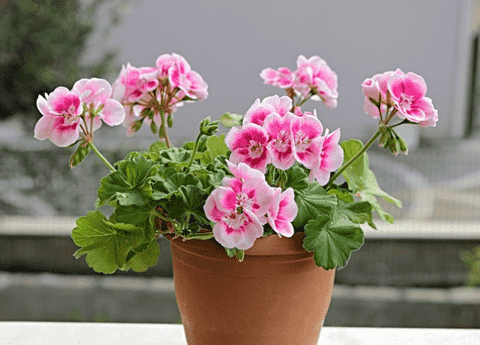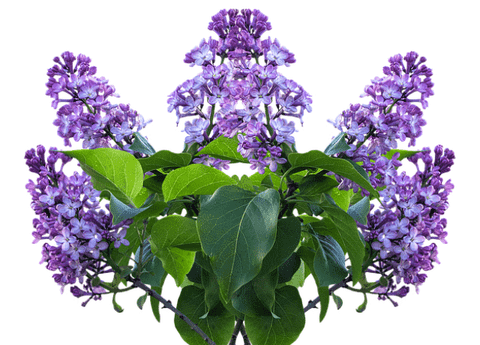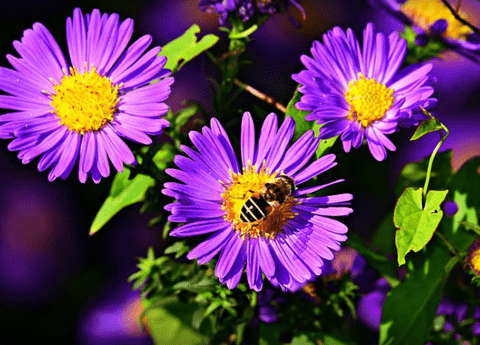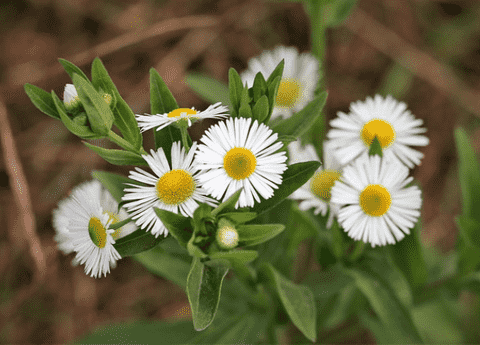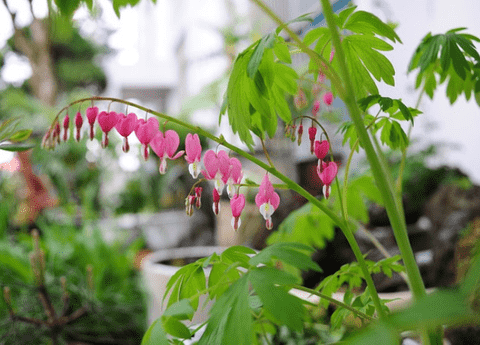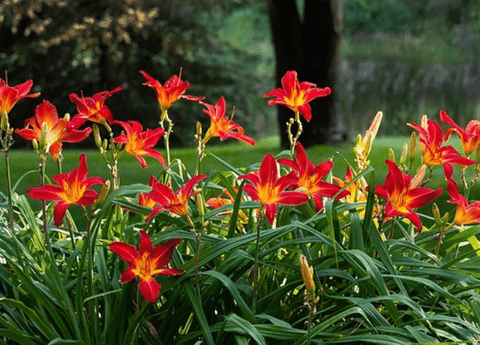Geraniums Care: Everything You Need to Know for Healthy Blooms
Geraniums are a beloved choice for gardeners, celebrated for their vibrant blooms and hardy nature. Whether you are a seasoned horticulturist or a novice green thumb, understanding the essentials of geranium care can make all the difference in achieving a flourishing display. From selecting the right variety to mastering watering schedules and pest control, there are key steps that will ensure your geraniums thrive. In this guide, we will delve into everything you need to know about growing and caring for geraniums, providing you with the knowledge to cultivate healthy, beautiful plants. Let’s embark on this gardening journey together and unlock the secrets to lush geranium blooms.
Choosing the Right Geraniums
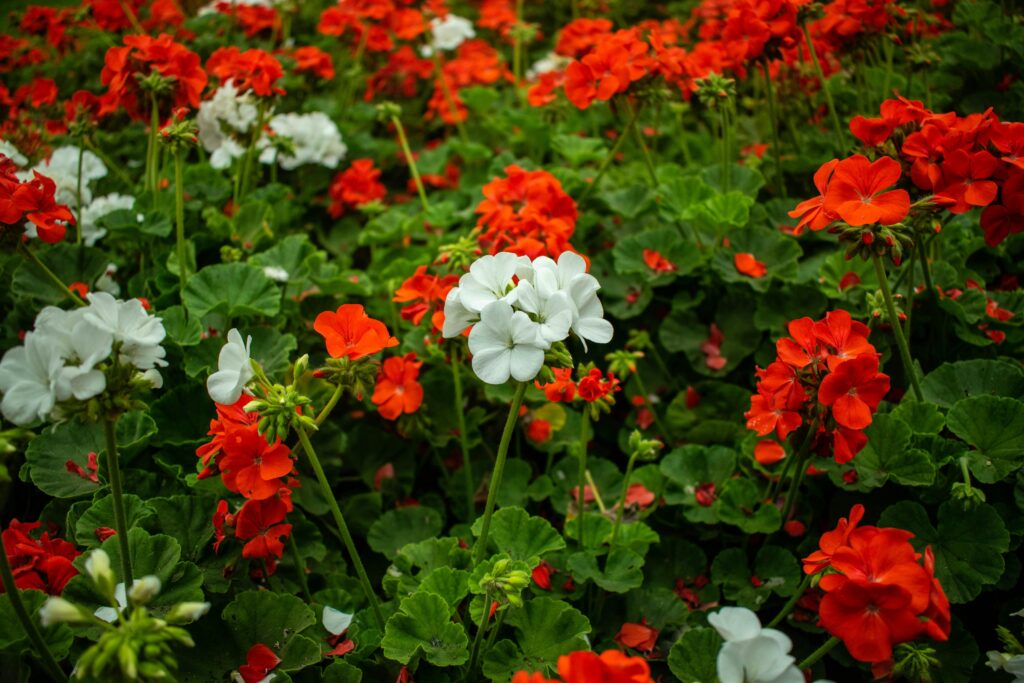
Types of Geraniums
When it comes to geraniums, there are several types to consider for your garden. The most common varieties include zonal, ivy-leaved, regal, and scented-leaved geraniums. Zonal geraniums, known for their distinctive leaf markings, are ideal for flower beds and containers. Ivy-leaved geraniums have trailing stems, making them perfect for hanging baskets and window boxes. Regal geraniums boast large, showy flowers and thrive in cooler climates. Lastly, scented-leaved geraniums are cherished for their fragrant foliage, offering scents like rose, lemon, and peppermint. Each type has unique characteristics and care requirements, so it’s essential to choose the one that best fits your gardening goals and local climate. By selecting the right geranium variety, you set the foundation for a vibrant and healthy garden display.
Ideal Growing Conditions
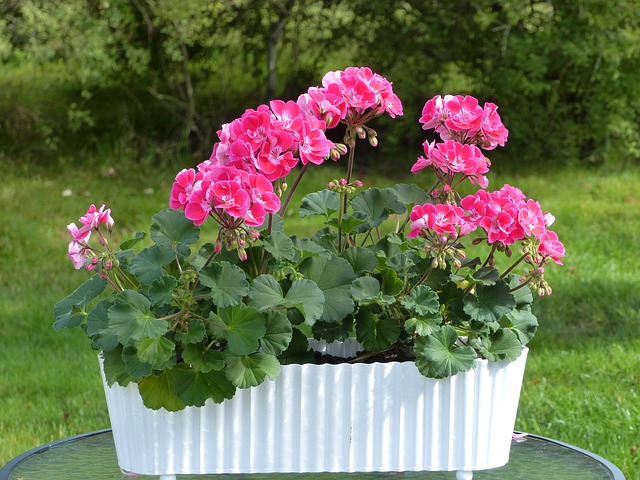
Geraniums thrive in conditions that mimic their native Mediterranean habitat. They require plenty of sunlight, ideally at least six hours of direct sun each day. However, in extremely hot climates, some afternoon shade can help protect the plants from scorching. Well-draining soil is crucial to prevent root rot; a mix of garden soil and sand or perlite works well. Geraniums prefer slightly acidic to neutral pH levels, around 6.0 to 7.0. When it comes to temperature, these plants flourish in moderate climates with temperatures ranging from 65°F to 75°F during the day and slightly cooler at night. Ensuring proper air circulation is crucial to prevent fungal diseases. By providing these ideal growing conditions, you can ensure that your geraniums will produce vibrant blooms and robust foliage, enhancing the beauty of your garden.
Selecting Healthy Plants
When selecting geranium plants, it’s essential to choose healthy specimens to ensure robust growth and vibrant blooms. Look for plants with lush, green foliage free of yellowing or browning leaves, which can indicate disease or poor care. The stems should be firm and sturdy, not weak or leggy. Inspect the plant for any signs of pests, such as holes in the leaves or a sticky residue, which could indicate aphids or other insects. Check the soil in the pot to ensure it is not waterlogged, as overly wet conditions can lead to root rot. If possible, choose plants that are already budding but not yet in full bloom; this way, you can enjoy the flowering period longer. By carefully selecting healthy geranium plants, you set the stage for a thriving garden and reduce the risk of encountering problems down the line.
Proper Care Techniques
Watering and Feeding
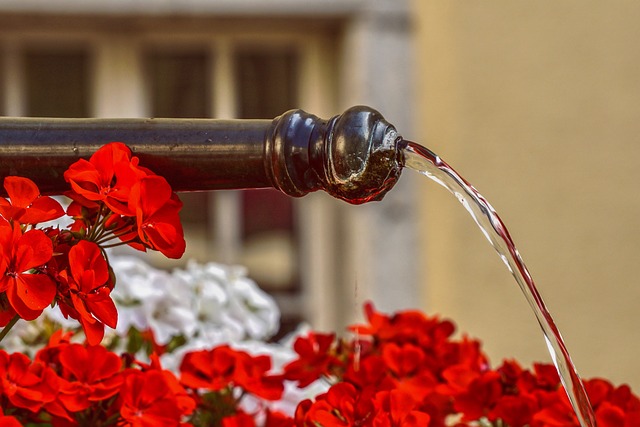
Geraniums require consistent watering to thrive, but it’s important not to overdo it. Water the plants when the top inch of soil becomes dry to the touch. Ensure the soil is well-draining to prevent water from pooling around the roots, which can lead to root rot. During the growing season, usually from spring to early fall, geraniums benefit from regular feeding. Use a balanced, water-soluble fertilizer every 4 to 6 weeks to provide essential nutrients. However, be careful not to over-fertilize, as this can result in too much foliage growth, which may reduce the number of blooms. In the winter months, reduce watering and feeding, as the plants enter a period of dormancy. By maintaining a balanced watering and feeding schedule, you can promote strong, healthy growth and encourage abundant blooming in your geraniums.
Pruning and Deadheading

Pruning and deadheading are essential practices for maintaining healthy and attractive geraniums. Regular pruning helps control the plant’s shape and encourages bushier growth. Trim back leggy stems and remove any dead or yellowing leaves to promote better air circulation and reduce the risk of disease. Deadheading, or removing spent flowers, is crucial for encouraging continuous blooming. Use clean, sharp scissors or pruning shears to cut the faded blooms just above a pair of healthy leaves. This process directs the plant’s energy into producing new flowers rather than seeds. Additionally, periodic pruning can rejuvenate older plants, giving them a fresh start and stimulating new growth. By incorporating regular pruning and deadheading into your geranium care routine, you can ensure your plants remain healthy and produce vibrant, long-lasting blooms throughout the growing season.
Pest and Disease Management
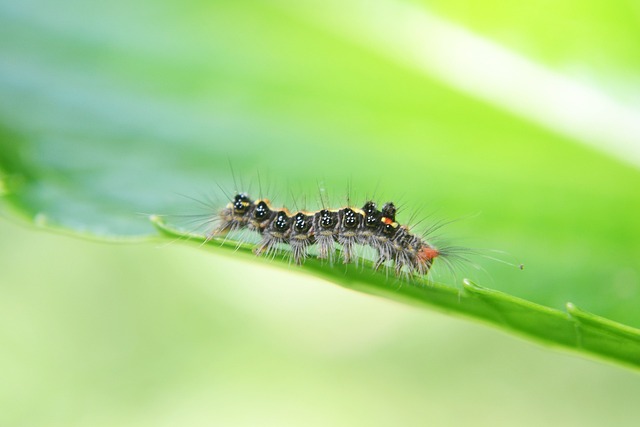
Effective pest and disease management is crucial for maintaining healthy geraniums. Frequent pests include aphids, spider mites, and whiteflies. Regularly inspect your plants for signs of infestation, such as discolored or distorted leaves, and treat promptly. Insecticidal soap or neem oil can be effective organic solutions for controlling these pests. Diseases like powdery mildew and rust can also affect geraniums. Ensure proper air circulation around the plants by avoiding overcrowding and pruning regularly. Watering at the base of the plant rather than from above can help prevent fungal diseases, as wet foliage promotes mold growth. If disease does occur, remove and dispose of affected leaves promptly to prevent spread. Using disease-resistant geranium varieties and maintaining good garden hygiene can further reduce the risk of problems. By being vigilant and proactive, you can effectively manage pests and diseases, ensuring your geraniums remain healthy and vibrant.

